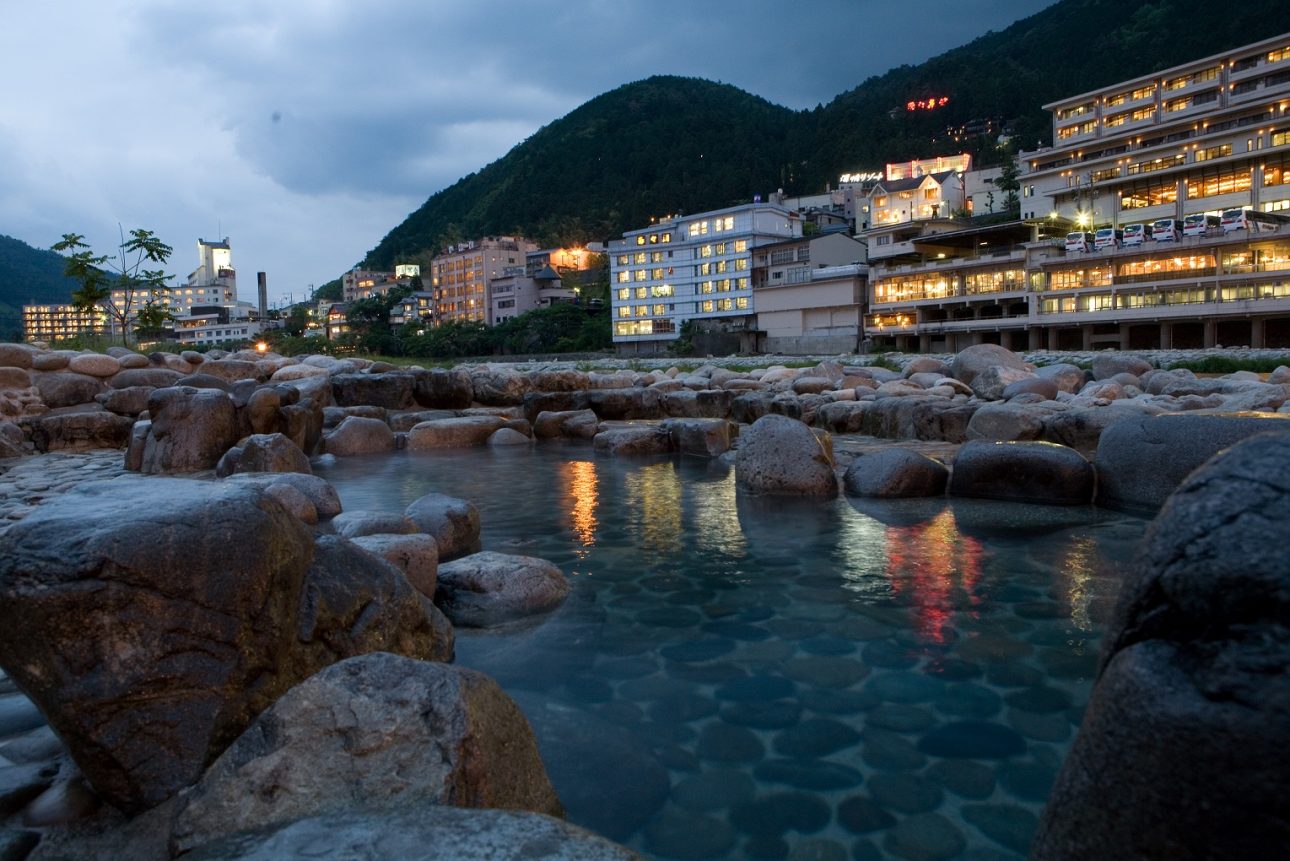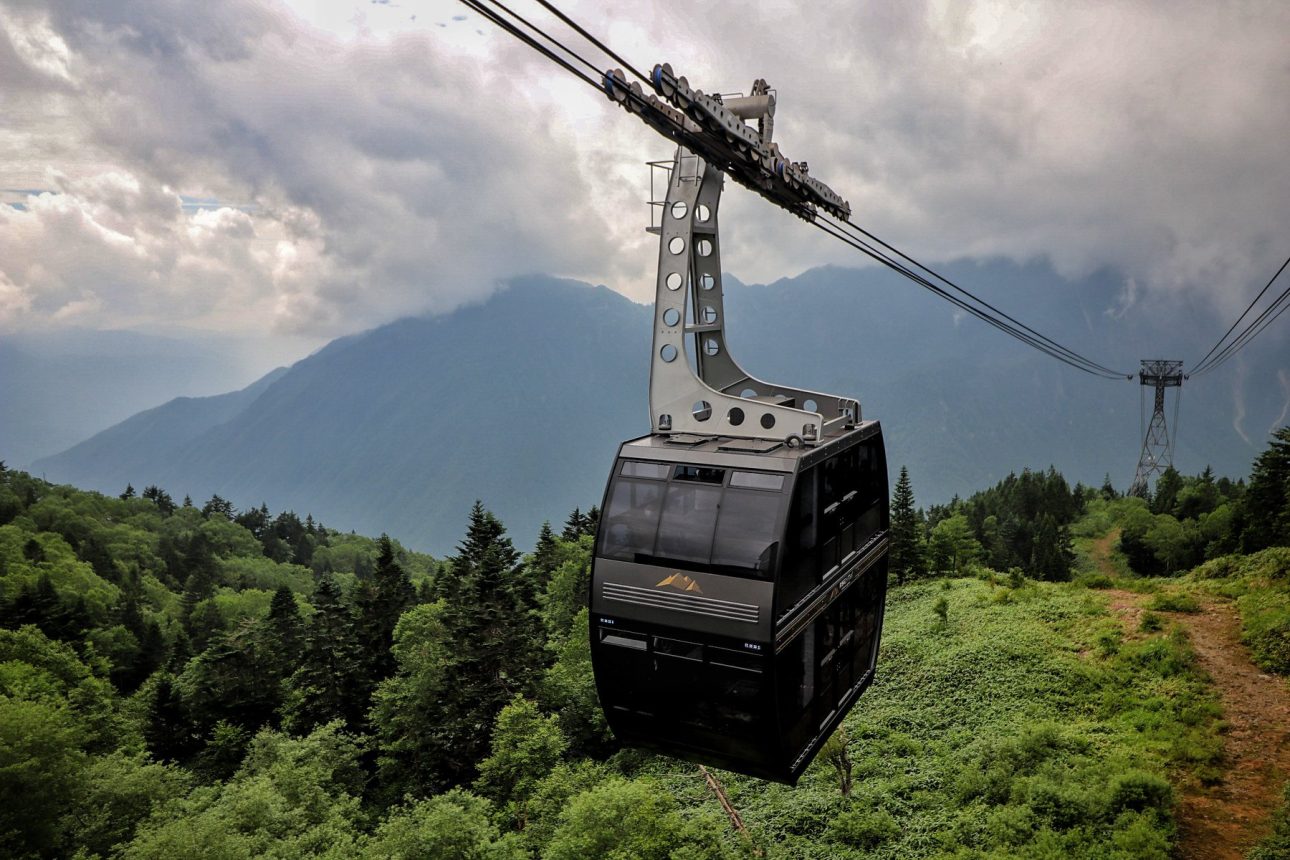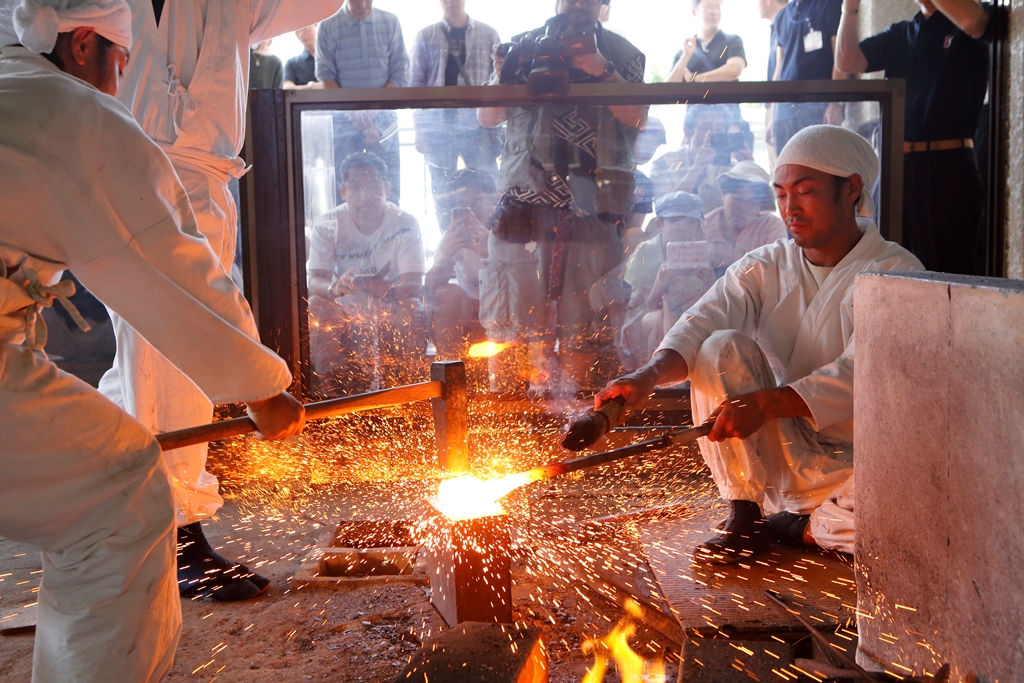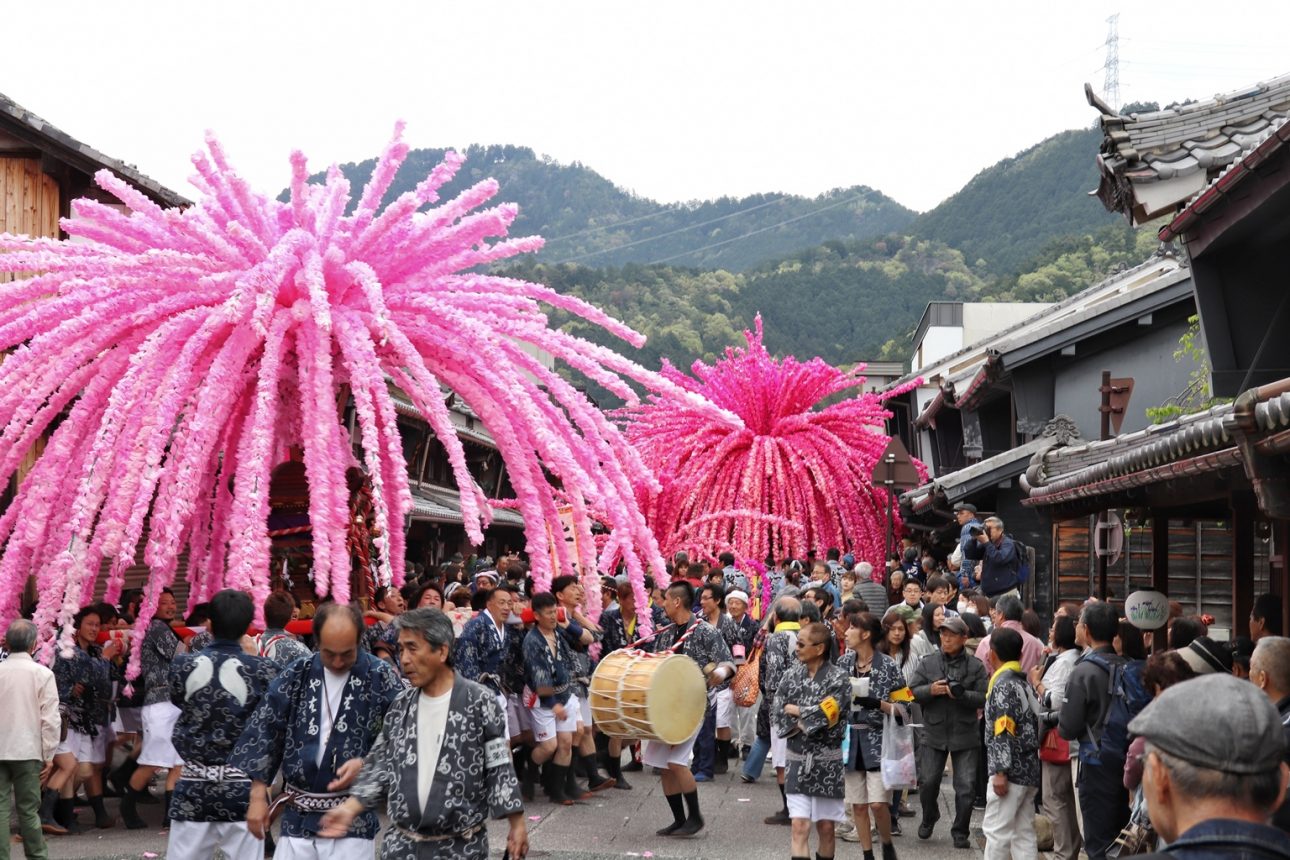Yoro

Yoro Park 
Site of Reversible Destiny 
Site of Reversible Destiny
Step into the bizarre world of Yoro Park — the “Site of Reversible Destiny”, the park was designed by the famous artist Shusaku Arakawa and the poet Madeline Gins. Architecture buffs can take pleasure in admiring the unique and whimsical structures that were designed to push the boundaries of the present world. The bright green concave structures atop the gray stone perimeter wall makes the facility resemble a fairytale or a Studio Ghibli film.
- 1
- Yoro
Yoro – Ogaki
Ogaki – Gifu
Gifu

Walking around Gifu Castle and Gifu Park 
Great Buddha of Gifu 
Walking around Kawaramachi District 
Nagaragawa River Cormorant 
Nagaragawa River Cormorant
As your Gifu travel guide, we recommend starting your journey at Gifu Castle, the historical base of Nobunaga Oda, one of Japan’s most renowned samurai leaders. The impressive castle is accessed via the scenic Mt. Kinka Ropeway. Don’t forget to take a stroll around Gifu Park to admire the lush foliage and visit the largest lacquered Great Buddha Statue (Daibutsu) in Japan.
Enjoy the uniquely relaxing atmosphere of walking around the old-timey streets of the Kawaramachi District. For those visiting Gifu between May 11th and October 15th, make sure to catch the “Ukai” — a 1300-year tradition of sweetfish fishing using flaming torches and cormorants.
- 2
- Gifu
Stay in Gifu
Gifu Station – Oyana (小屋名in Seki-city)
Seki

Cutler SANSYU / Seki Hamono Museum 
Cutler SANSYU / Seki Hamono Museum 
Cutler SANSYU / Seki Hamono Museum 
Cutler SANSYU / Seki Hamono Museum 
Cutler SANSYU / Seki Hamono Museum
With our Gifu travel guide, delve into the fascinating world of Seki City, situated in the middle basin of the Nagara River, renowned as one of the world’s three major cutlery centers. Established in the 1300s, the reputation of Seki blades became widespread among samurai warriors. To learn more about the forging and use of Seki blades, head to the Seki Hamono Museum. Here, you can find out how the local swordsmiths manufactured these traditional blades, including everyday tools.
- 3
- Seki
Oyana – Mino-Ogurakouenmae
Mino

Walking in Udatsu Wall Historical District 
Former Imai Family Residence 
Mino Washi Lantern Art Gallery
Once a bustling merchant district, Mino City was famed for their production of Mino washi. Mino washi is a type of traditional paper that was developed due to the rich nature such as the clear-water streams of the area. The success of Mino washi allowed the street to build and retain many of their Udatsu raised walls, which were a sign of status of the wealthy back in the Edo period. Take a rare look inside one of the most significant buildings, the Former Imai Family Residence.
Mino washi is also used for art exhibits and displays. Visit the Mino Washi “Akari” Art Gallery to see the washi art pieces presented as part of a light sculpture illumination, which look especially beautiful in photos.
- 4
- Mino
Mino – Gujo Hachiman
Gujo

Gujo Dance Performance 
Food replica workshop 
Food replica workshop 
Walking around Historic District 
Walking around Historic District
Discover the charm of the historic district of Gujo Hachiman, nestled near the picturesque Nagara River, with our Gifu travel guide, making it a perfect destination for a beautiful day out. Gujo is also known for the Gujo Dance in the summer, and the beautiful, stunningly clear waters that run through the town. If you missed the Gujo Dance season, you can experience a live performance at the nearby Gujo Hachiman Museum. After enjoying the dance, try your hand at making some Japanese replica food samples. And lastly, head upstairs for a breathtaking landscapes from the stone-walled Gujo Hachiman Castle.
- 5
- Gujo
Stay in Gujo Hachiman
Gujo Hachiman Castle Town Plaza – Gujo Hachiman IC
Gujo Hachiman IC – Takayama
Takayama

Takayama Historic District 
Takayama Jinya 
Hida Beef 
Hida Beef
Once a busy merchant town, the Takayama Historic District retains most of its original buildings and traditional architecture to this day. Now, the district is home to crafts and sake breweries, as well as food stalls selling local specialties such as mitarashi dango and Hida beef skewers. Takayama Jinya is also known as the Takayama Historical Government House, the only one of its kind remaining in Japan — making it a building of immense historical significance.
- 6
- Takayama
Stay in Takayama
Takayama – Shirakawa-go
Shirakawa-go

Shirakawa-go 
Shiroyama Viewpoint 
Walking around Gassho-style Houses 
Walking around Gassho-style Houses
Explore the UNESCO World Heritage Site, Shirakawa-go: a rustic, traditional village deep in the mountainside. Famous for its thatched “gassho-style” houses, the snow-capped roofs are a sight to behold in the winter. Shirakawa-go is also surrounded by vast rice fields, owned by residents who still farm for a living. A walk around the quaint village is sure to make visitors feel as if they’ve been transported back to the olden days. Discover what it’s like on the inside by visiting opened houses, or take a 15-minute hike up to the Shiroyama Viewpoint to enjoy a panoramic view from above.
- 7
- Shirakawa-go
Shirakawa-go – Takayama Nohi Bus Center
Takayama – Hida-Furukawa
Hida

Shirakabe Dozogai Street 
Shirakabe Dozogai Street 
Hida Furukawa Festival Exhibition Hall (Image) 
Hida Furukawa Festival Exhibition Hall (Image)
Gifu is also home to “Little Kyoto”, otherwise known as Hida Furukawa Town. This riverside town is home to over 1,000 colorful carp fish that live within the Seto River’s winding canals running throughout the area. Our Gifu travel guide recommends the Satoyama Cycling Tour for those seeking a day of complete relaxation amidst the scenic countryside of Gifu.
If you’re lucky enough to be a spectator of the Hida Furukawa Festival in April, which is vibrant and exciting with drum performances, parades and bursting with Japanese spirit. Even if you missed the festival, you can also experience it vicariously at the Hida Furukawa Festival Exhibition Hall.
- 8
- Hida
Hida-Furukawa – Takayama
Stay in Takayama
Takayama Morning Markets

Morning Market (Miyagawa & Jinyamae) 
Morning Market (Miyagawa & Jinyamae)
Enjoy a calm morning of shopping and interacting with locals at the Hida Takayama Morning Market. This market was originally conceived as where locals could sell their wares for hundreds of years. However, during the 19th century, local ladies rushed to sell their homegrown fruits and vegetables. This all led to the event being called the “morning market.” Find an array of products all for sale at this market where no two stalls are the same.
- 9
- Takayama Morning Markets
Takayama Nohi Bus Center – Hirayu Onsen
Hirayu Onsen – Shinhotaka Ropeway
Okuhida Hot Spring Villages

Okuhida Hot Spring Villages 
Okuhida Hot Spring Villages 
Okuhida Hot Spring Villages 
Shinhotaka Ropeway
Escape to the mountains deep within the Japanese Alps to experience a truly magnificent ‘rotenburo’ hot spring. Okuhida Hot Spring Villages consist of five different hot springs, all of them combined to make Okuhida have the most open-air springs (rotenburo) in the country. For those who want a bird’s eye view of the Alps, hop aboard Shinhotaka Ropeway’s double-decker cable car. It takes you 2,156 meters high in the air to fully immerse in the grandeur of the Japanese Alps.
- 10
- Okuhida Hot Spring Villages
Shinhotaka Ropeway – Takayama Nohi Bus Center
Takayama – Gero
Gero Hot Spring

Gero Hot Spring 
Gero Hot Spring
Gero Hot Spring is one of the three top quality hot springs (onsen) in Japan. Nicknamed “the Water of Beauties”, it’s said that the water from Gero Hot Spring has beautifying qualities that help turn the bathers’ skin as smooth as the water itself. The highlight of Gero Onsen is “Funsenchi”, a huge open-air stone bath located right next to Hida River. Due to the location and it being a mixed bath, bathers must wear bathing suits to enter the hot spring.
- 11
- Gero Hot Spring
Stay in Gero
Gero – Mino-Ota
Mino-Ota – Tajimi
Tajimi Sta. – Mosaic Tile Museum Tajimi
Tajimi

Mosaic Tile Museum Tajimi 
Mosaic Tile Museum Tajimi
Tajimi is Japan’s “pottery town”, the center of production for Mino-yaki(ceramics). With over 1,300 years of history, the city is proud of its heritage and expertise in ceramics. The Tajimi Mosaic Tile Museum has an astounding 10,000 exhibits dedicated to the subject, while the museum building itself is also a sight to behold.
- 12
- Tajimi
Tajimi – Nagoya








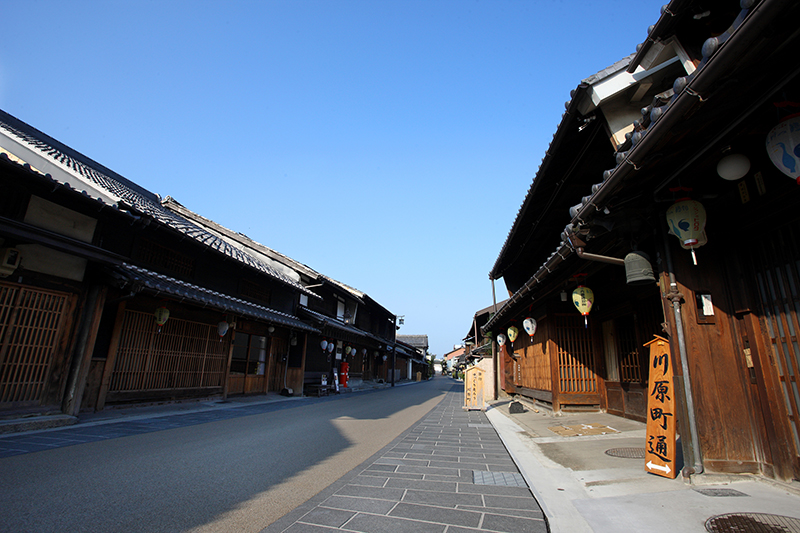
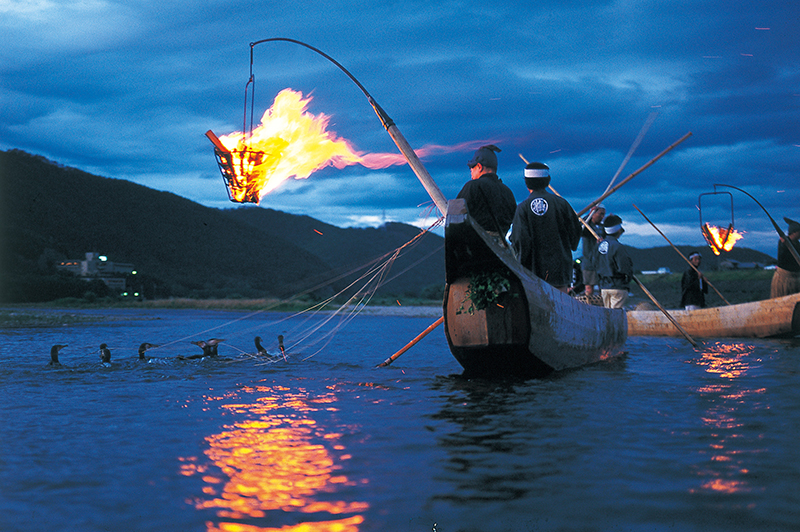

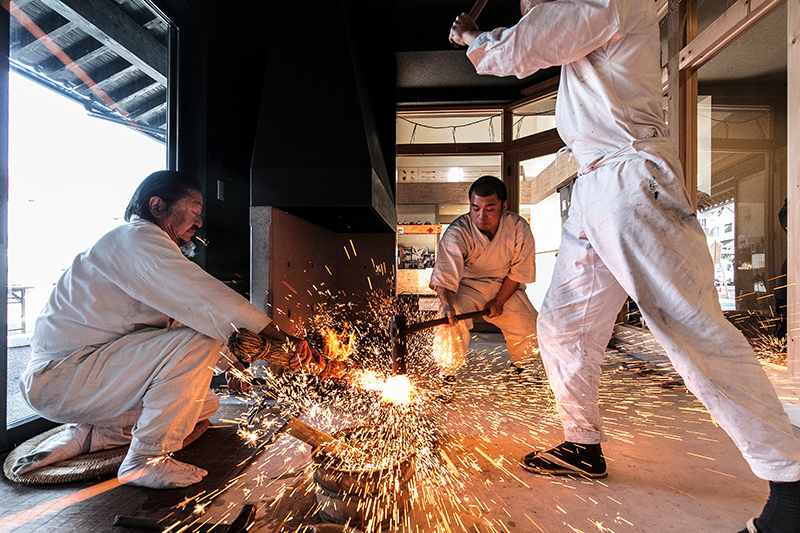




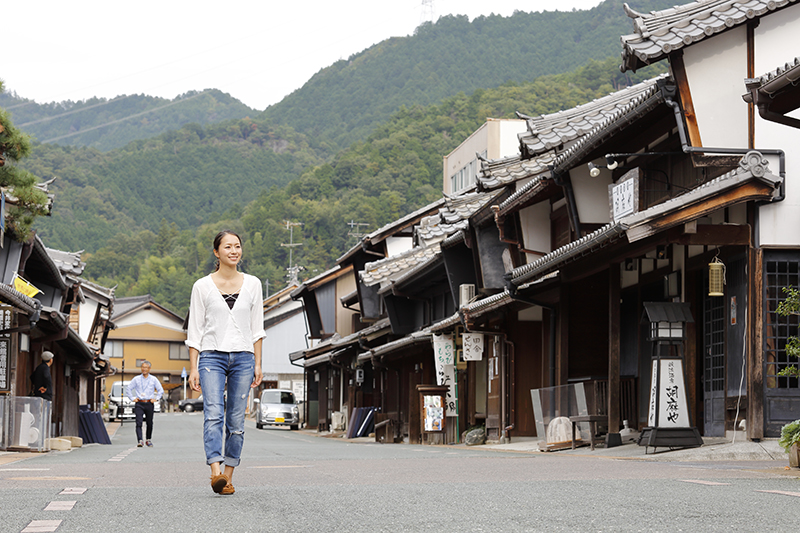


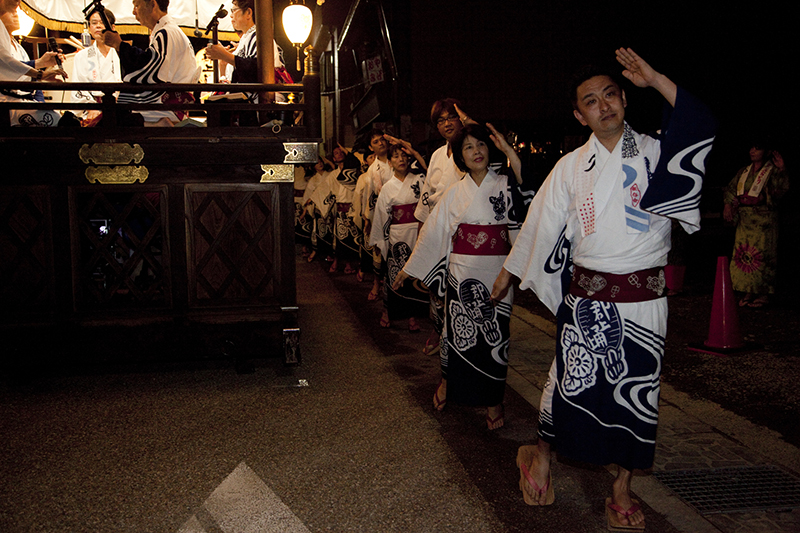




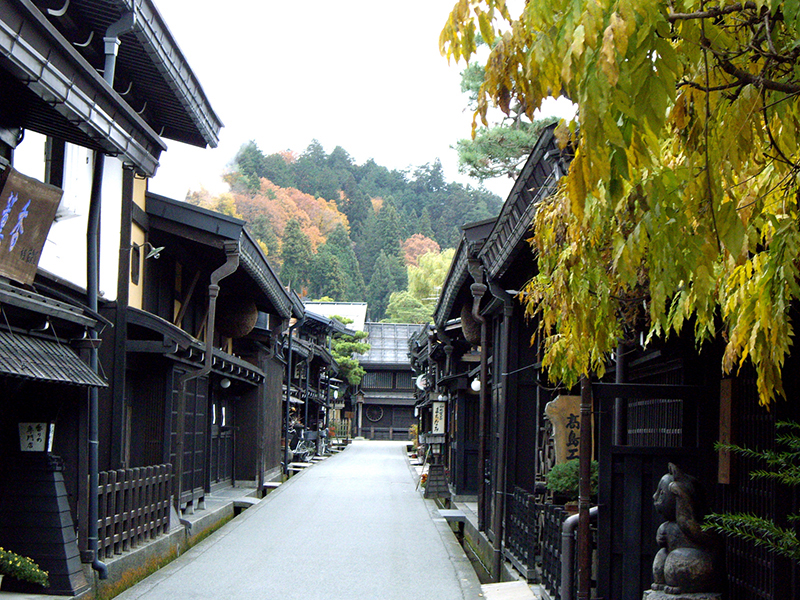



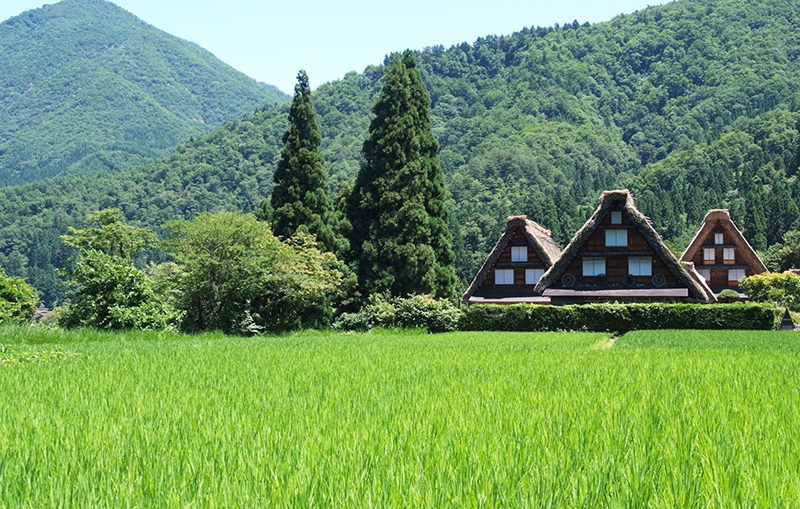



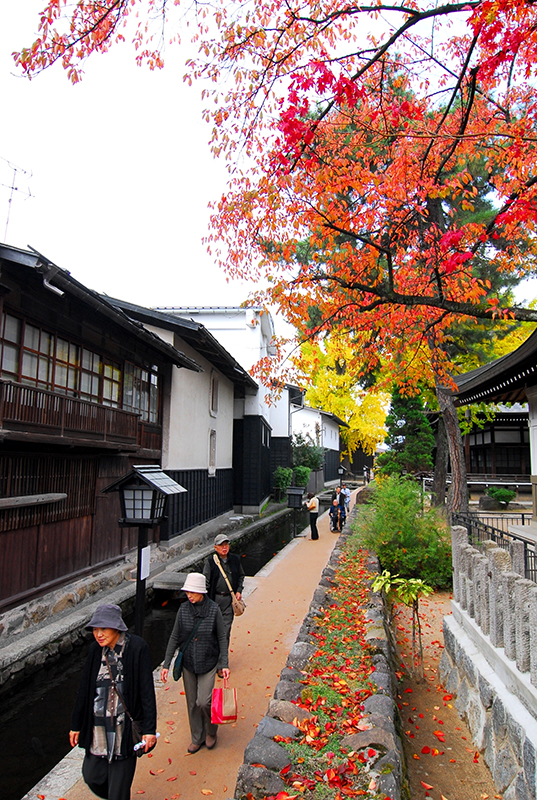





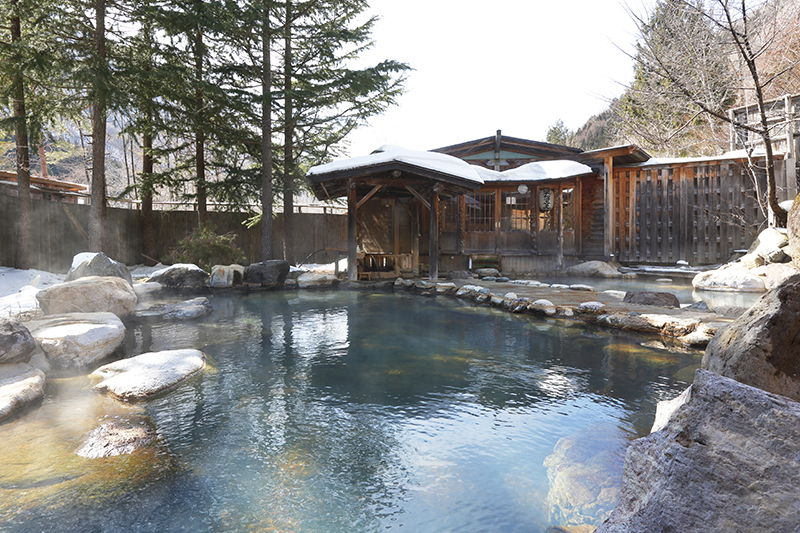
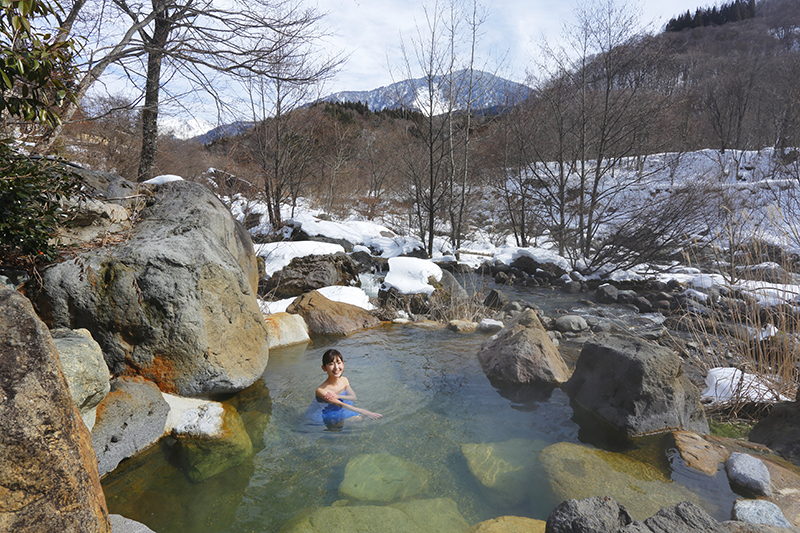

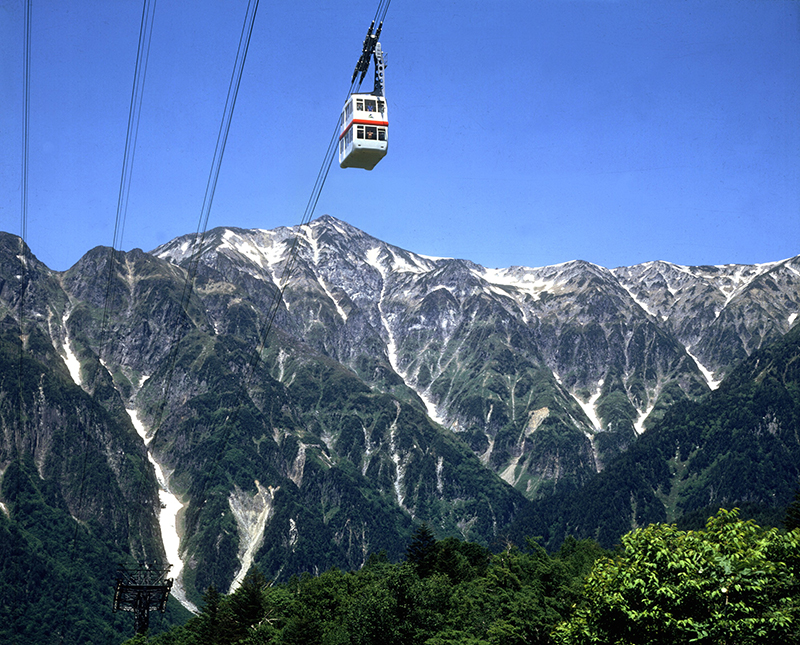
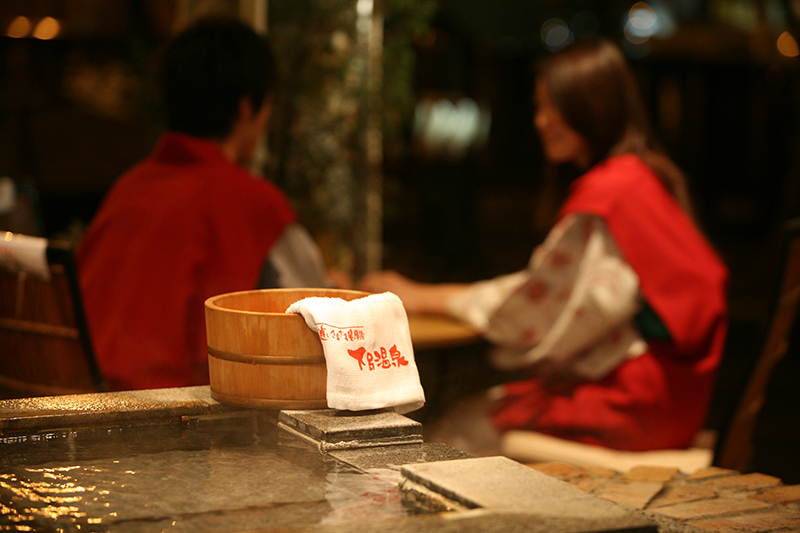

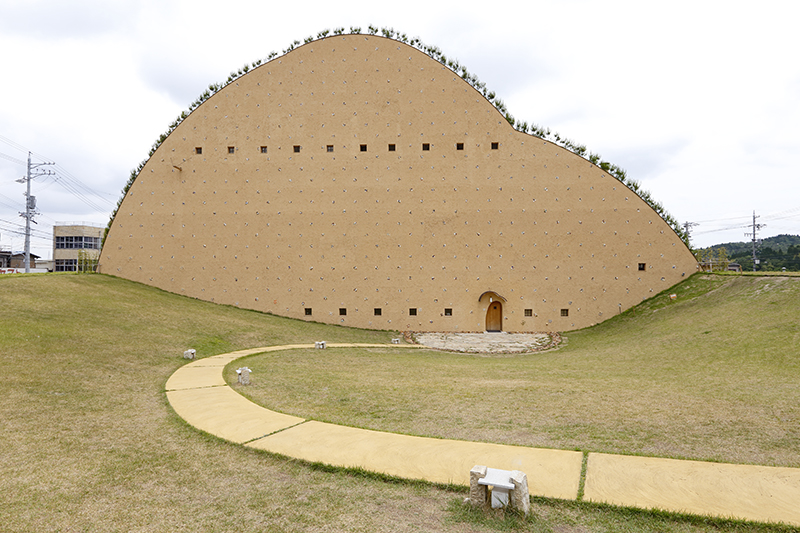

 Twitter
Twitter
 Facebook
Facebook
